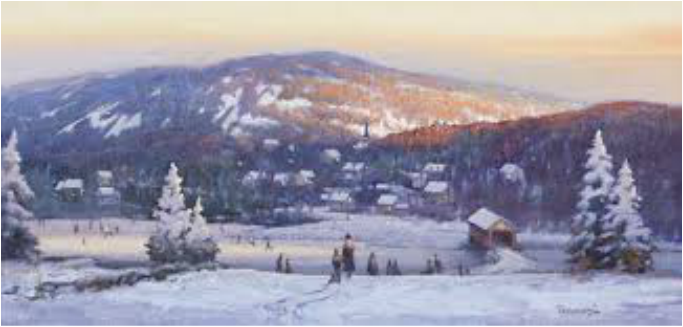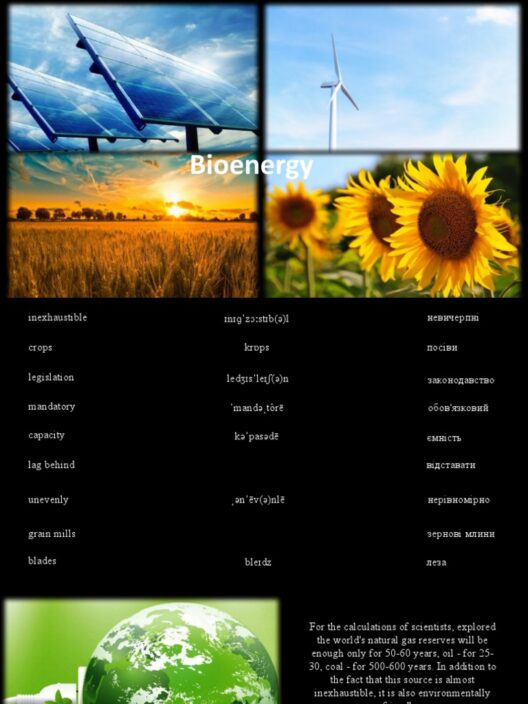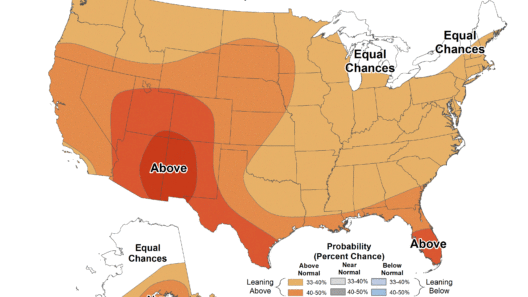Understanding the climate of the New England Colonies during the early years of America is critical to grasping the environmental constraints and opportunities faced by settlers. The climatic conditions significantly shaped agricultural practices, settlement patterns, and societal structures, ultimately influencing the trajectory of America’s development. Comprising modern-day states like Massachusetts, Connecticut, Rhode Island, New Hampshire, and Maine, this region was characterized by a diverse weather system that dictated the lives of its inhabitants. The New England Colonies experienced a unique blend of maritime and continental climate influences, resulting in both warm summers and frigid winters.
Located on the northeastern coast, the New England Colonies are steeped in a maritime climate enriched by their proximity to the Atlantic Ocean. This proximity results in copious moisture, with precipitation evenly dispersed throughout the year. Spring blossomed with an awakening of flora, as thawing snow coursed through the landscape, nourishing the soil. Early settlers, imbued with a sense of promise, relied on this seasonal transformation for agricultural pursuits. Crops such as corn, wheat, and barley flourished under the extended daylight hours of summer. However, the growing season was relatively short, lasting only about four to five months, largely due to the northern latitude of the region. The settlers’ ability to adapt to this constraint fostered a sense of resilience and innovation.
The winters in the New England Colonies starkly contrasted the mild summers. Harsh and severe, the winters demanded considerable endurance. Temperatures regularly dipped below freezing, with snowfall accumulating significantly, often isolating communities and necessitating ingenuity for sustenance. Settlers were compelled to develop robust housing, utilizing local resources like timber and stone for construction. The architecture of the era, including the iconic saltbox structures, emerged as a testament to adapting to climatic challenges. Heated by wood-burning fireplaces, these homes became sanctuaries against the biting cold. The severity of winter also imposed a unique rhythm to life in the colonies, as fishing, hunting, and food preservation played pivotal roles during the dormant months.
As settlers honed their agricultural skills, they encountered the challenges posed by climate variability. The New England climate was not only marked by seasonal changes but also by fluctuations within those seasons. Droughts emerged unpredictably, affecting crop yields and leading to food shortages. Conversely, excessive rainfall could rapidly result in floods, prompting soil erosion and crop failure. These unpredictable climatic patterns necessitated an acute awareness of weather phenomena. As such, early American communities developed a symbiotic relationship with their environment, relying upon both traditional knowledge and emergent practices, such as crop rotation and diversification, to mitigate risks associated with climate extremities.
The geography of the New England region further compounded the climatic conditions. The rugged terrain, marked by hills, valleys, and coastlines, created microclimates with varying temperature and humidity levels. Coastal areas often enjoyed milder conditions compared to the inland regions, where elevation had a pronounced cooling effect. This geographical nuance demanded adaptive methodologies in agriculture and transportation. Settlers learned to leverage their environment, establishing trade routes that utilized rivers and oceans, enhancing their connectivity while navigating the challenges presented by the landscape.
Natural resources shaped the economy of the New England Colonies. Timber was abundant and became foundational for not only housing but also shipbuilding, illustrating how climate and geography dictated economic pursuits. Fishing emerged as an integral industry. The ocean bestowed an annual bounty of cod and other seafood, leading to robust trade dynamics. The colonists’ ability to tap into marine resources exemplified their dependence on the prevailing climatic conditions. Over time, the successes and failures stemming from localized weather patterns fostered communal cooperation, as neighbors banded together, sharing knowledge concerning fishing grounds, agricultural practices, and food preservation.
Moreover, climate influenced social structures within the New England Colonies. The communal effort required to withstand harsh winters generated a strong sense of community. Early settlers, bound by hardship, developed close-knit social networks. Town halls became venues for discussion, where citizens collectively addressed challenges posed by the environment. Religious beliefs intertwined with environmental interactions, as many colonists attributed their fortunes to divine providence—or lack thereof—in response to climatic whims. These cultural underpinnings served to bolster resilience, as communities came to rely on one another in times of crisis.
As the New England Colonies evolved into a critical zone for early American society, so too did their relationship with climate. The duality of their maritime and continental influences created a living environment steeped in ambivalence—a character already evident in the settlers’ literature and oral traditions. Poems and folk tales emerged, weaving natural elements into narratives, reflecting a deep-seated appreciation for the intricacies of the cosmos. Such artistic expressions highlighted a profound connection to the rhythm of nature, where personal identity intertwined with climatic phenomena.
Looking back at the New England Colonies provides a compelling perspective on how climatic forces shaped not just a region but an entire nation. The lessons learned during these formative years serve as poignant reminders of the delicate balance between humanity and nature. As society confronts contemporary challenges posed by climate change, understanding the intricacies of historical climates can foster renewed appreciation for sustainable practices and environmental awareness. Climate is not merely a backdrop; it is an actor in the play of human history. Navigating its challenges and opportunities is the enduring nature of human existence, beckoning curiosity and ingenuity as we traverse the complex landscape of our shared planet.







